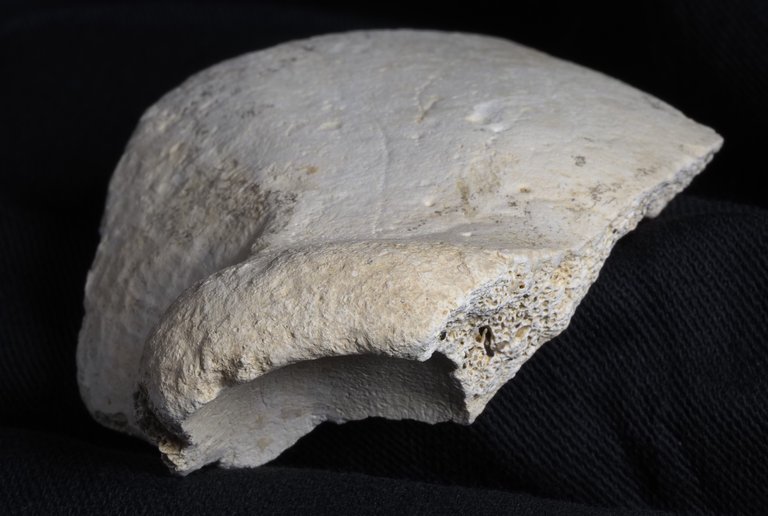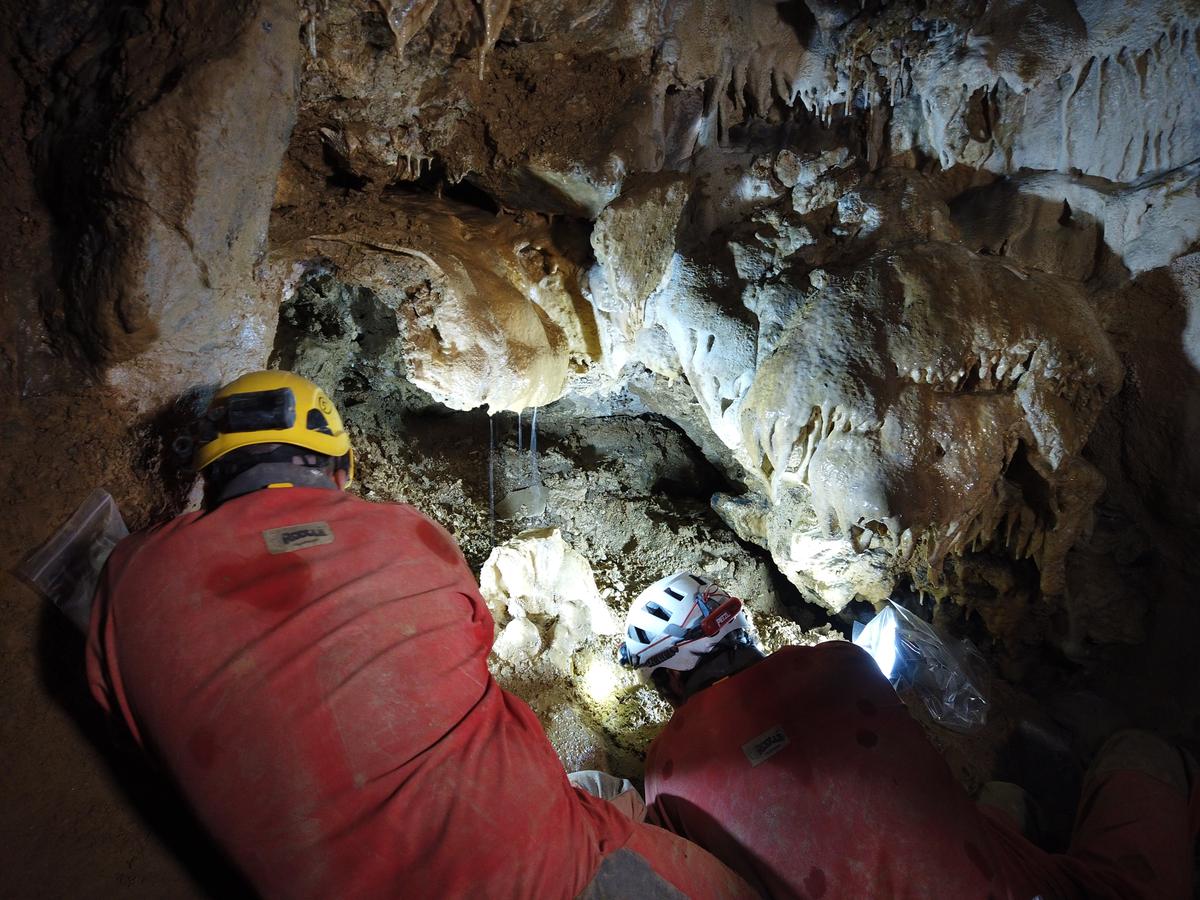They find fossils from an archaic Neanderthal in the Karrantza Powder Box.

There are 18 remains of a Neanderthal in the lower gallery located in the cave of El Polvorín in Karrantza, called Primer Osina. They consider that all of them are of a single individual and, based on their morphological characteristics, are the most archaic Neanderthals, explains Asier Gómez Olivencia, director of the research. “The radio (forearm bone) resembles the fossils of the Osin of the bones of Atapuerca, so we can say that it is at least 150,000 years old. However, as a working hypothesis, we are studying whether it can be between 200,000-300,000 years, but at the moment we have no evidence that it is so old.”
In addition to the radius, fragments of the skull, two phalanx of hands and other bones have been found. Since there are no repeated elements, and since they are all of the same developmental stage and coherent, they are considered to be the same individual. “They’re from an adult, quite small, so we think maybe it could be a female. However, we don’t have pelvic thorns, so we can’t know.” They call him Anderere.
The First Osina of El Polvorín is not very accessible, but researchers did not go blind to it in the hope of finding human fossils, but were placed by a bone bag at the Museum of Archaeology of Bizkaia in 2020. That same year, Gómez Olivencia himself opened a bag with the bones of the fauna of El Polvorín and discovered a human vertebra that at that time did not give it any more importance. A couple of months later, another colleague met the phalanx of his hand and realized his Neanderthal morphology. “Because museums are also deposits.” Thus, in 2021, a research project was launched for the study of fauna and human remains, the interpretation of context and chronology.
To learn the context
The fossils found were in the sediments generated by erosion, so they have not yet been dating. “The correct dating, which is destructive, we have not done so at the moment,” says Gómez Olivencia. Therefore, they will continue to investigate the context in order to determine the chronology.
In this sense, a taphonomic research on osar bones found in the First Osin of El Polvorín between 1983 and 2000 stands out. According to him, the osariums present there were not hyenas or cumulated by man, but they died in the same place. In addition, cavernous bears of two different times have been found: on the one hand, the late Pleistocene (Ursus spelaeus) and, on the other, of an older species (Ursus deningeri), of the middle pleistocene. In another nearby site we found the largest bone group of this species in the Basque Country, which is about 300,000 years old.
Therefore, Gómez Olivencia confirms that knowledge of the context will be key for the dating and interformation of these fossil Neanderthals.
The presentation of fossils took place at the Museum of Archaeology of Bizkaia, with the help of Asier Gómez Olivencia, a researcher at the Geology Department of the UPV/EHU, Ramón y Cajal. Researchers from other universities and centres (CENIEH, IPHES, Universidad Complutense de Madrid, Bordeaux, Museo de Historia Natural de Paris, University of Cambridge) have also collaborated in the research.
Buletina
Bidali zure helbide elektronikoa eta jaso asteroko buletina zure sarrera-ontzian













